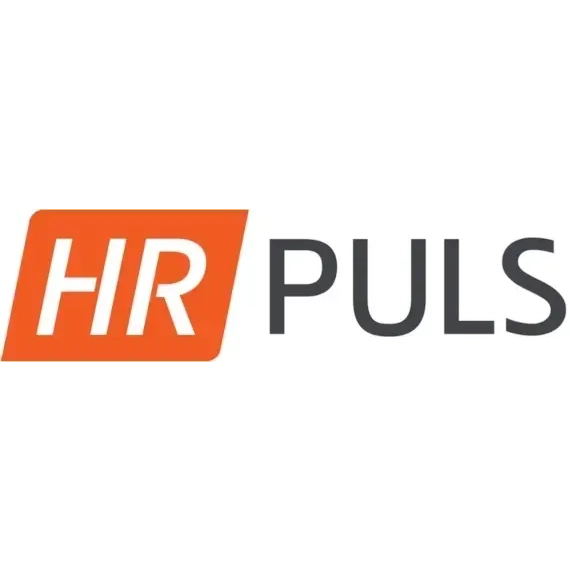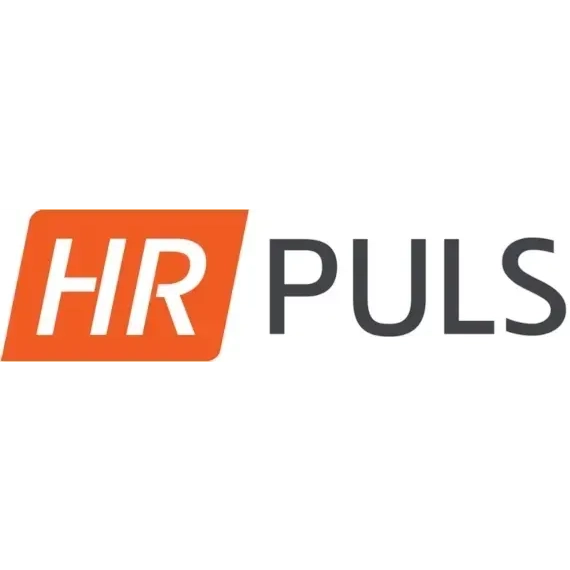Payroll and Timekeeping: What Employers Need to Pay Attention To
What distinguishes a payroll and how it is related to time recording, we show you in this article
- What is a payroll?
- How is a payroll made?
- What must a payroll contain?
- Why is time recording important for payroll accounting?
- Which tools are suitable for time recording and payroll accounting?
- Recommended software for payroll accounting
- Time recording and payroll go hand in hand
With 30 to 50 % of the total expenses of a company, personnel costs are one of the major expenses. To minimize them, companies carry out several measures - including recording the working and presence times of the employees. However, time recording also helps in generating correct payroll accounting. In this article, we will show you the effects of time recording on payroll accounting and give you an overview of the best time recording and payroll accounting tools.
What is a payroll?
A payroll is a document that breaks down the compensation of employees over a certain period of time. It includes various types of salaries such as vacation pay, sick pay and surcharges. It also shows the employee shareholdings, tax allowances and church tax deductions.
As an employer, you are legally obliged to issue payslips for your employees. All payroll statements must be in text form as per the Commercial Code § 108. They can also be sent digitally, for example as a PDF document, as long as the employees can access the document.
Please note: As a self-employed person, you generally do not need a payslip. The situation is different if you employ yourself in your own company. In this case you become the managing shareholder and therefore receive a wage.
How is a payroll made?
As an employer, you are responsible for the creation of the payroll statements of your employees. To simplify this process and prevent mistakes, you can use payroll programs or have your payroll statements prepared by a tax consultant. If you plan to prepare them yourself, there are five basic steps you need to follow:
1. Start with your employees' data
When you prepare a payslip, all details of the employees must be correct and complete. The document must contain the current address of the employees, the correct date of birth and a valid social security number.
2. Calculate gross earnings
Once you have entered your employee's data, it is time to calculate the gross earnings. This is the total amount of income your employee has earned in a certain period of time, regardless of deductions. Gross earnings include basic salary, allowances, overtime and bonuses.
3. Determine deductions
The next step is to calculate deductions. The most common items included here are income tax, solidarity surcharge, church tax, health insurance and pension insurance.
4. Calculate the net salary
To determine your employees' net salary, you must deduct the deductions (from step 3) from the gross earnings (from step 2). Check also if there are other levies such as seizures, asset formation or company pension schemes. Once the net amount has been determined, it is transferred to the employee according to the conditions of the employment contract.
5. Pay income tax and social contributions
But the job is not done with the transfer of the salary. As an employer, you must also state your employees' income tax in your income tax declaration and transfer it to the tax office. On top of that, you have to register and pay your employees' contributions for health insurance, nursing care insurance and pension insurance.
Note: According to § 41 Income Tax Act (EStG), tax-relevant documents such as salary statements must be kept for six years. Payroll documents, which are needed for business profit determination, must be kept for ten years.
What must a payroll contain?
According to § 108 para. 3 sentence 1 GewO the payroll must contain the following information:
- Name and address of employers and employees
- Reference date of the payroll
- Date of payroll creation
- Tax and social insurance number of the employees
- Personnel number or contract number of the employees
- Gross salary
- Contribution to company pension schemes
- Tax allowances
- Income tax
- Social security contributions
- Church tax deduction
- Monetary remuneration
- Capital-forming benefits
- Expense allowances
- Payout amount
- Bank details of the employees
Below you find an example for a payroll by Personio:
Example Payroll Personio
Why is time recording important for payroll accounting?
The time recording of your employees is the basis for the payroll. It specifies the exact period of time your employees have worked. This includes the start and end of working hours and breaks. Modern time recording systems also track your employees' sick leave, business trips and the time spent on further training and parental leave. All this helps you calculate working hours and overtime easily and accurately.
The advantages of time recording are not limited to payroll accounting. It also helps to:
- Identify employees who are frequently ill or who come to work late.
- Check the performance of employees or the team.
- Prevent offenses such as incorrect calculation of overtime or non-payment of hours worked.
- Avoid employee time theft, for instance through extended breaks.
- Identify teams that are overstaffed or understaffed.
- Manage vacation days and prevent understaffing.
Which tools are suitable for time recording and payroll accounting?
Recording your employees' working hours manually and creating payslips using templates may save you some budget. However, as your company grows, manually performing these processes can lead to a series of problems: inaccurate data, incorrect payrolls and lost time. To prevent these, you can use time tracking software and payroll programs.
Recommended software for payroll accounting
Empfehlenswerte Zeiterfassungssoftware-Anbieter
You can find recommended time tracking software providers on our software comparison platform OMR Reviews. There, we have listed over 150 time tracking software providers that you can use to track your working hours. So take a look and compare the software with the help of authentic and verified user reviews:
- Factorial (Kostenlos testen)
- ZMI (Mehr erfahren)
- Crewmeister (Kostenlos starten)
- VIRTIC (30 Tage kostenlos testen)
- ZEP (Kostenlos testen)
- Personizer (Kostenfrei anmelden)
- Clockodo (Kostenlos beginnen)
- clockin (Jetzt kostenfrei testen)
- ToolTime (Demo buchen)
- e2n (Jetzt kostenlos testen)
- 123erfasst (Kostenlos testen)
Tip: To maximize the potential of your time and attendance and payroll programs, you can connect the two solutions. This reduces the effort for data entry and transfer. In addition, it minimizes human errors by reducing manual work and ensuring that all data is correct and up to date.
Time recording and payroll go hand in hand
Time recording and payroll are two vital processes in human resources. Time recording provides you with information on how much your employees actually worked. It also shows you how much vacation they took and how many days they were sick or late for work. You can then use this information for payroll accounting.
Preparation of the payroll revolves around these five basic steps:
- Enter employee data
- Calculate gross income
- Identify deductions
- Calculate and pay net income
- Pay income tax and social contributions
To avoid mistakes in your payroll, you can take advantage of time and attendance and payroll tools. The time attendance program helps you to record your employees' working hours digitally. You can then transfer this data to a payroll program to calculate deductions faster and create accurate payrolls.
Would you like to learn more about time recording software? Then you should download our Software Guide to Time Recording where we compare the best time recording programs, their costs and functions. And for payroll programs you will find an overview of the different tools and their features on OMR Reviews.
 Sage Lohnabrechnung
Sage Lohnabrechnung Personio
Personio DATEV
DATEV Lexware Office
Lexware Office HeavenHR
HeavenHR HR Puls
HR Puls














